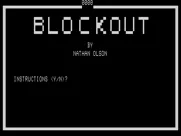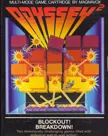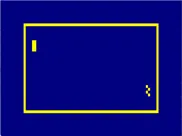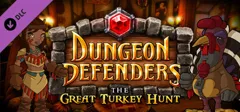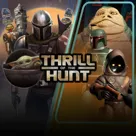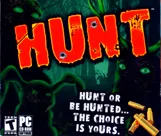Pinball/Dungeon Hunt/Blockout
Description
Pinball/Dungeon Hunt/Blockout is a compilation of three games:
-
Pinball is a basic pinball game. The player controls a paddle at the bottom (rather than a flipper) and must try to keep the ball in play. Various targets in the level score points when hit. Also included are moving and disappearing obstacles. Three variants are playable, one offering a faster ball speed and another using two paddles instead of one.
-
Dungeon Hunt is a game for up to four players. Players must find hidden objects in a grid. Players take turns guessing a tile and whoever finds most wins the game.
-
Blockout is a light cycle game for two players. Players move around the screen leaving a trail. Whoever hits a wall or a trail first loses the round. The game comes in four variations with different speeds and obstacles.
Groups +
Reviews
Critics
Analytics
Identifiers +
Contribute
Are you familiar with this game? Help document and preserve this entry in video game history! If your contribution is approved, you will earn points and be credited as a contributor.
Contributors to this Entry
Game added by vedder.
Game added May 15, 2021. Last modified September 24, 2023.


